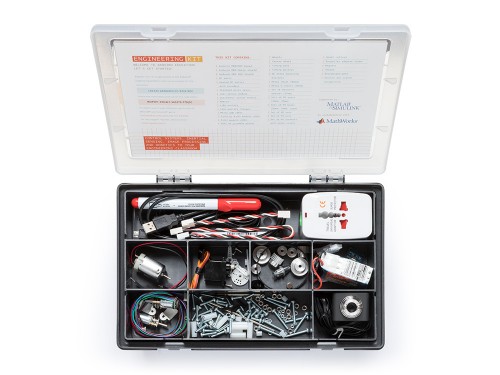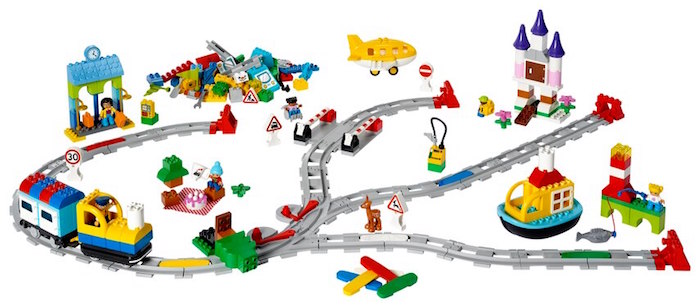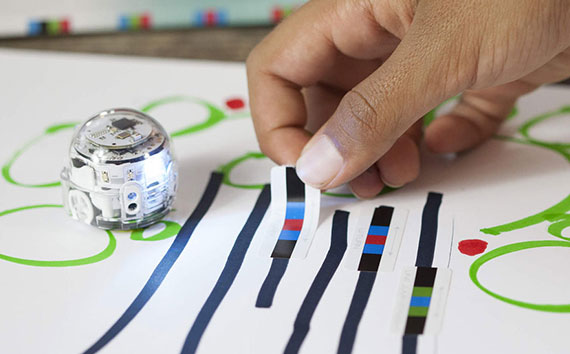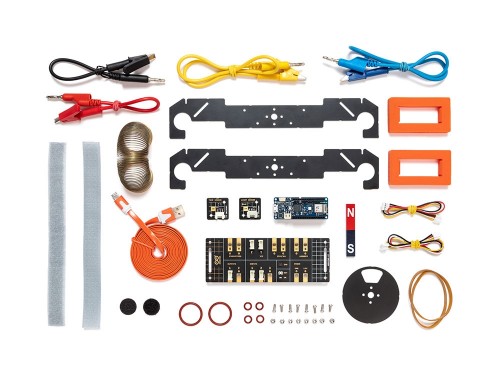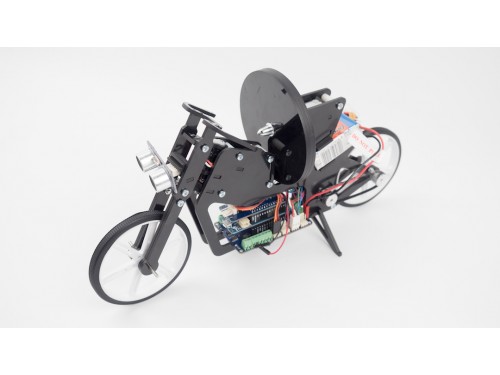A lot of companies provide STEM education kits for classroom learning. Here are a few options for different ages.
STEM is a term that groups together four academic disciplines: science, technology, engineering, and mathematics. Also often expanded to STEAM (to include art), it’s commonly used when discussing curriculum choices in schools.
This article provides an overview of a few popular STEM education kits for various age groups.
Why Is STEM Education Important?
The importance of STEM education is far-reaching, as it gives students a way to get excited about the technological areas of study that impact so many areas of society. Because electronics and programming skills have become more and more pervasive, it makes sense to teach students the skills needed to effectively use them from an early age.
STEM classroom kits try to introduce students to the fundamentals of said subjects in a fun way by providing hands-on experience. There are kits for students of all ages, started at the preschool level.
Lego Coding Express: Preschool to Kindergarten
Young children can start learning the basic concepts of actions, conditions, and loops by playing with several interesting learning toys. One kit is the Lego Coding Express.
The Lego Coding Express kit. Image courtesy of Lego.
The set includes a train, a track, and other set pieces. The train can be controlled with cards that reassemble method calls in programming and it has to reach a certain destination or perform certain actions.
The kit comes together with a free mobile app and a guide for teachers and it’s reasonably priced for what it is (about $190 USD). Also, all students can share the same kit, while in other cases a separate kit needs to be purchased for each student, which can quickly add up.
One drawback is that there are only four exercises for the train and four exercises in the app for the students to solve.
The Ozobot: Elementary to Middle School
The Ozobot is a good choice for children and teenagers from seven to fifteen years of age because it’s an easy-to-understand starting point for students that have never coded before.
There are two unique bots you can choose from — the Evo and the Bit — and both feature different sensors and LEDs that students can program.
The Ozobot Evo. Image courtesy of Ozobot.
Both types of robot feature two ways of programming. You can either lay down a track of color-coded segments that correspond to actions that the robot will perform or you can use a simple drag-and-drop programming language that doesn’t require any coding experience. This will allow even young students to learn the basics of coding.
The Ozobot family is very well-documented, offering a well laid-out getting started guide as well as a repository with lots of project ideas for different classes.
However, the platform is somewhat limited and due to the small size of the robots, they can not easily be modified. Also, if you're truly looking for the classroom kit experience, which provides 18 Evo bots and all of their accessories, it will set you back a cool $1800 USD (but remember each Evo sells for $100 on its own, and the kit adds in some extras to make it classroom-friendly).
Arduino Science Kit: Middle to High School
It's important to remember the 'S' in STEM: science. Taking a detour away from the fundamentals of programming, Arduino Science Kit teaches teenagers to make their own hypothesis and check their assumptions with the scientific method.
For that purpose, the kit includes several materials to run nine physics experiments. It also comes with an Arduino MKR WiFi 1010, an ESP32 based microcontroller board, that can be programmed with the Arduino IDE.
The Arduino Science Kit. Image courtesy of Arduino.
The kit comes in a handy storage case and includes everything that’s needed for these experiments.
Again, the price tag is a bit high at $199 USD per kit and chances are good you'll need multiple kits so the entire class can be engaged in the projects. While not extremely overpriced, you could get the same components for less over time and still offer your students the same learning experience.
Arduino Engineering Kit: High School to College
While the Ozobot we looked at provides a more closed platform, the Arduino Engineering Kit is a completely different approach. It’s more targeted towards teenagers and young adults, focusing on building something from scratch and using more complex programming with MATLAB and Simulink.
The kit features three large projects that all have a hardware and a software component. It can be used to demonstrate concepts of mechanical engineering as well as electronic engineering and computer science.
One of the completed builds from the Arduino Engineering Kit. Image courtesy of Arduino.
The kit includes everything that’s needed for building the projects as well as an e-learning course and a one year license for MATLAB and Simulink.
A negative thing about this kit is that the parts, except for the electronic components, are all highly customized and can only be used to build three projects. Also, not surprisingly, as the complexity of the kit goes up, so does the price. Each kit currently sells at $299 USD.
STEM Education is Accessible to All Ages!
Children and teenagers can start learning fundamental STEM skills very early with kits like these. Of course, there are many more kits outside and these should only give you an idea for different age groups. I tried to cover some that I found to be interesting and others that may not be as well-known like, for example, the Lego Mindstorms products.
Tell us about your experience! Have you used any of these kits? Are there other kits you've found to be good fits in the classroom? Let us know in the comments.
